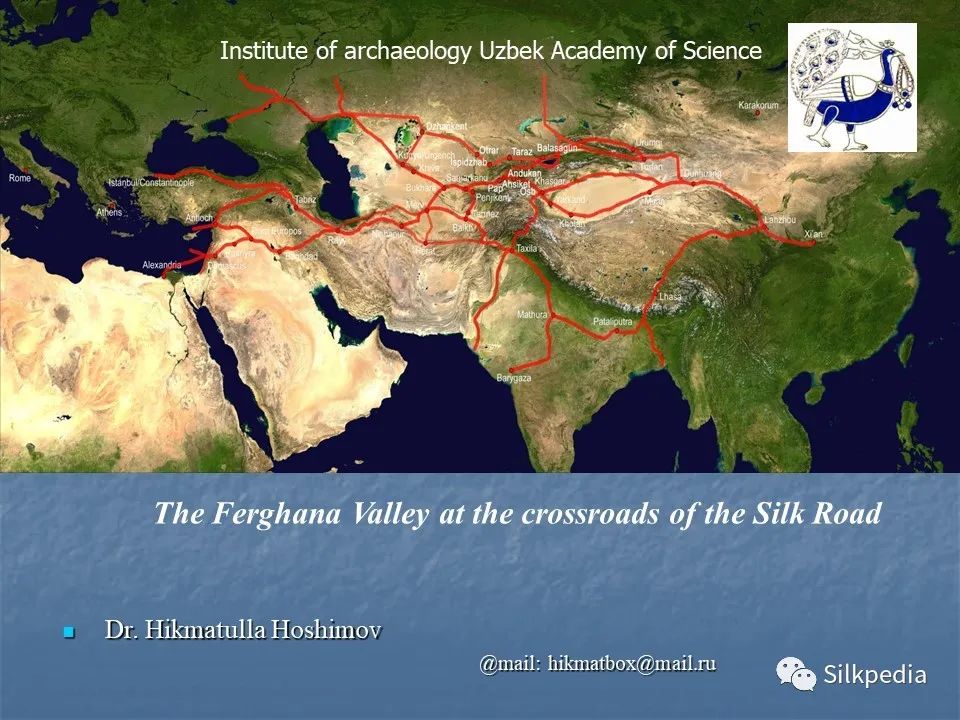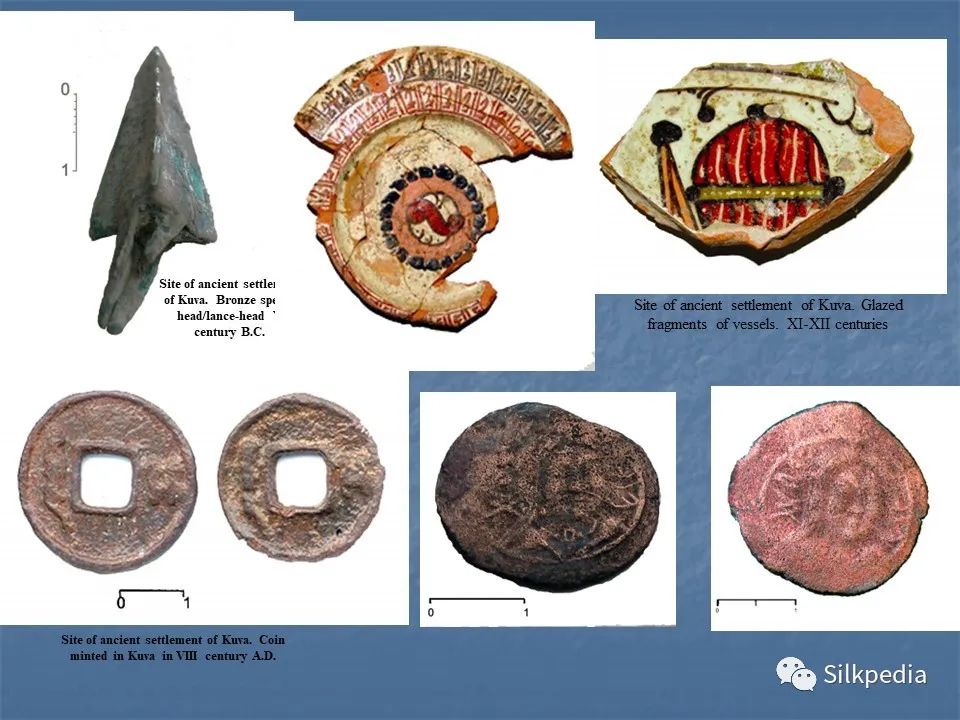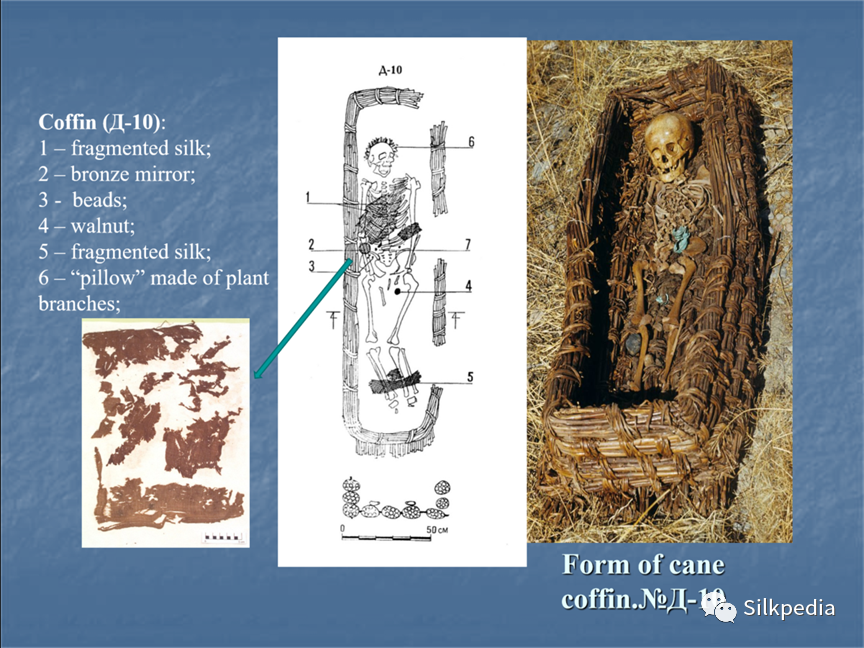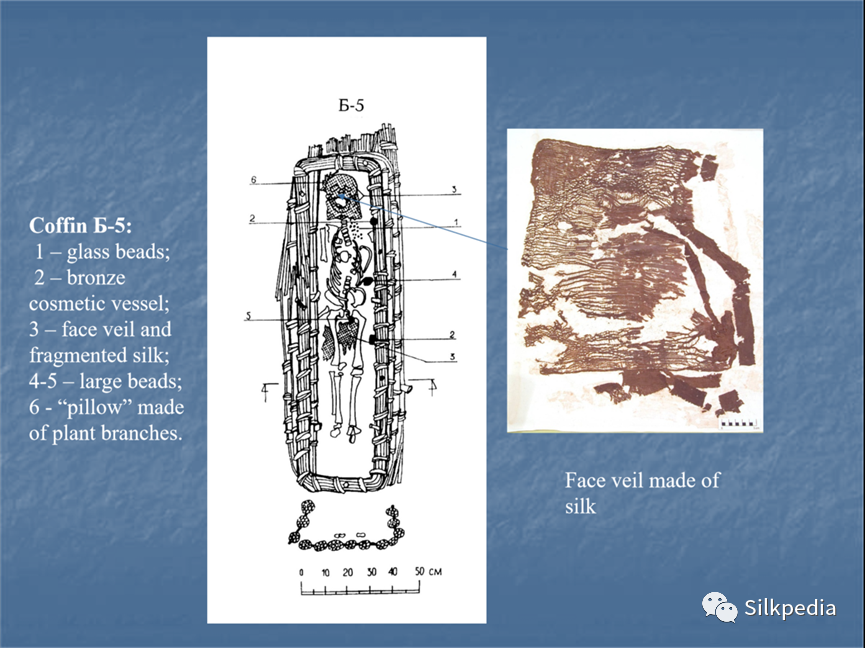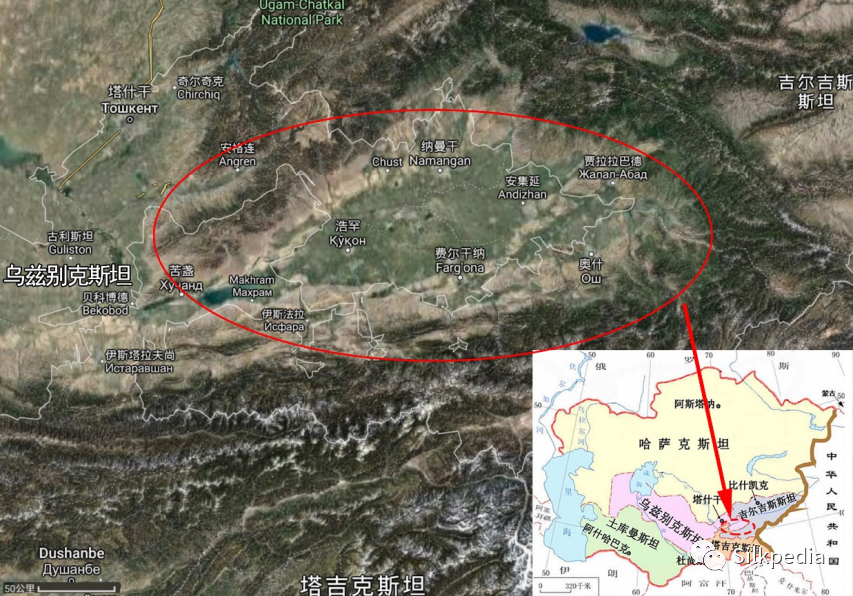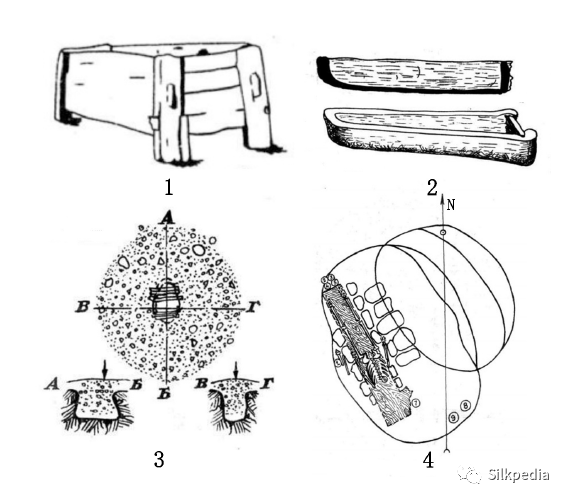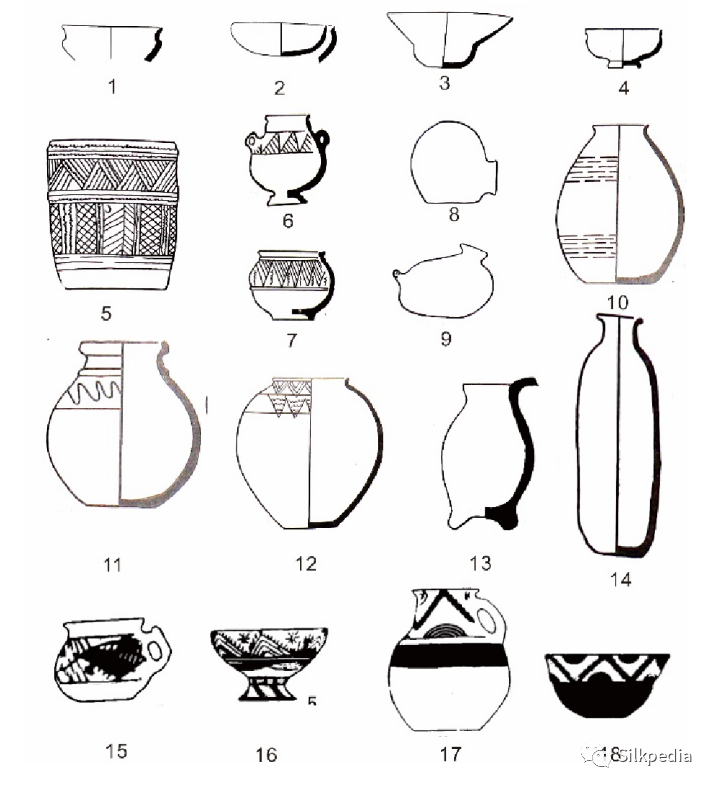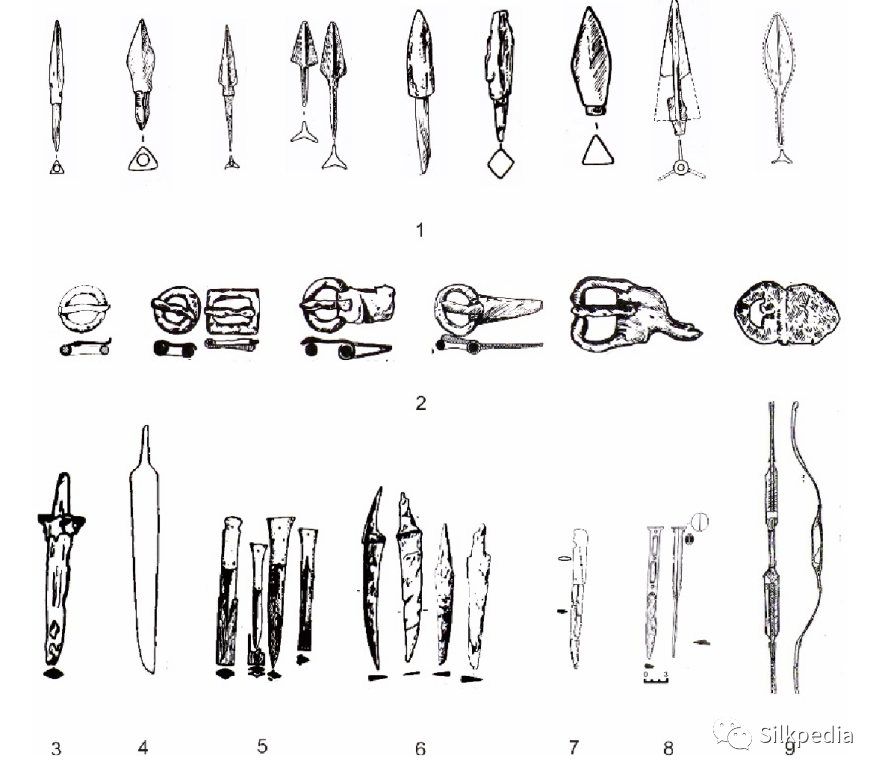会议议程
系列讲座 | 赫西莫夫博士Hikmatulla Hoshimov: 丝绸之路十字路口上的费尔干纳盆地考古(下篇)
摘要: 费尔干纳盆地卡拉布拉克文化的墓葬,主要可以分为四种类型:端室墓、偏洞室墓、竖穴土坑墓和地表石椁墓。卡拉布拉克文化中葬式类型多样,不同的墓葬形制中葬式也存在一定差异。端室墓、偏洞室墓和竖穴土坑墓中,都是以单人的仰身直肢葬为主,但头向存在一定的差别。端室墓中头向以东为主,偏洞室墓中以南向和北向为主,而竖穴土坑墓中以南向或北向较为 ...
SILK ROADS
主/讲/人/简/介
LECTURER PROFILE
赫西莫夫博士
Hikmatulla Hoshimov
乌兹别克斯坦共和国科学院,撒马尔罕古利亚莫夫考古研究所博士。中国社会科学院考古研究所与乌兹别克斯坦科学院考古研究所联合考古队乌方专家。
Doctor of philosophy (PhD), Institute of Archaeology named of Ya. Gulyamov of the Uzbek Academy of Sciences of the Republic of Uzbekistan, Samarkand. Expert of the joint archaeological team of the Institute of Archaeology of Chinese Academy of Social Sciences and Institute of Archaeology of the Academy of Sciences of Uzbekistan.
SILK ROADS
讲/座/主/题
LECTURE TOPIC
《丝绸之路十字路口上的费尔干纳盆地考古(下篇)》
The Ferghana Valley at the Crossroads of the Silk Road(Part 2)
SILK ROADS
内/容/概/述
SUMMARY OF THE LECTURE
第三座库瓦古城遗址位于如今费尔干纳省同名城市的市域内,在这处遗址出土了大量古代陶瓷,是公元10世纪河谷地区最大的城镇之一。库瓦遗址发现了造币厂,佛教、祆教寺庙和十字架文物,这些无不说明库瓦包容着多种宗教的发展。10世纪起,库瓦逐渐衰落,但直到13世纪初,它仍然继续发挥着作为一个大型政治和文化中心的作用。库瓦古城也在中国文献中能够找到具有较高可能性的对应记载。
The third ancient city Quva, located in the center of the current day Quva city in Fergana Region, is large in size and in which a large number of ancient ceramics have been excavated. It was one of the largest towns in the Fergana valley in the 10th century. Archaeology discoveries include a mint, a Buddhist temple, a Zoroastrian temple and cross decorations, all of which indicate that Quva accommodated the development of different religions. From the 10th century onwards, Quva declined. However, it continued to function as a large political and cultural center until the early 13th century. Corresponding records with high probability can also be found in the Chinese Chronicles for the ancient city of Quva.
图1、2:库瓦遗址与出土文物
Fig.1,2 Archaeological Site of the Ancient City of Quva, and unearthed artifacts
第四处遗址是蒙恰特佩的古代墓葬群,其中发现了相当丰富的陪葬品。出土的大量丝绸表明,当地人民向中国学习并融合了当地的纺织技术,发展出先进的丝绸纺织业。由于中国的丝绸生产技术在很长一段时间内都没有外传,有理由相信费尔干纳河谷的丝绸生产是在丝绸之路开通前后,在中国的直接影响下发展起来的。而在公元3、4世纪,在中亚可能就已形成了当地的丝绸纺织中心。
The tombs complex found at Munchaktepa contain a considerable wealth of burial objects. The large collection of silk products inside suggests that the people of the area learned and integrated local weaving techniques to develop an advanced textile industry. Since Chinese silk production techniques were kept secret for a long time, it is possible that the silk production in the Fergana Valley developed under the direct influence of China, at the same period that the Silk Roads were initiated. In the Fergana Vally, it formed a silk weaving center as early as the 3rd and 4th centuries AD.
图3、4:蒙恰特佩墓葬群的丝绸文物
Fig.3,4: Unearthed silk burial objects from the Munchaktepa tombs complex
费尔干纳是一个定居文化应该很早就有出现的地区,但相关的考古学证据尚待研究者们去揭露与发现。
Fergana is a region where the sedentary culture could have emerged in very early period, and the evidence of archaeological sites are yet to be discovered.
图5:乌兹别克斯坦的考古学家们在遗址现场工作
Fig.5: Archaeologists in Uzbekistan working at the site
SILK ROAD
拓/展/文/献
EXTENSION
《费尔干纳盆地卡拉布拉克文化墓葬研究》
Study on Karaburak Cultural Tombs in Fergana Basin
比龙. 费尔干纳盆地卡拉布拉克文化墓葬研究[D]. 西北大学,2020. DOI:10.27405/d.cnki.gxbdu.2020.000305.
Bi Long (2020). Study on Karaburak Cultural Tombs in Fergana Basin, Northwest University, from 10.27405/d.cnki.gxbdu.2020.000305.
费尔干纳盆地处于中亚东部,位于古代丝绸之路的咽喉要道,是古代大宛国的所在地。张骞第一次出使西域时从匈奴逃脱到达这里后才公开了汉使的身份,并开始记录西域的风土人情。因此,司马迁所著《史记》中关于西域的记述被称为《大宛列传》。苏联解体中亚各国独立后,费尔干纳盆地分属乌兹别克斯坦、塔吉克斯坦和吉尔吉斯斯坦三国(图 1),与我国新疆地区的喀什最为接近,遗址主要分布在锡尔河源头的纳伦河流域和奇尔奇克河以南。卡拉布拉克文化是分布于费尔干纳盆地公元前 2-公元7世纪的一支重要的考古学文化。目前已发现的卡拉布拉克文化墓地已有数十处之多。
Located in eastern Central Asia, the Ferghana Basin was a key route on the ancient Silk Road and the site of the ancient state of Davan. It was only after Zhang Qian escaped from the Huns to this area on his first mission to the Western Regions that he publicly identified himself as a Han ambassador and began to record the customs and traditions of the Western Regions. For this reason, the account of the Western Regions in Sima Qian's Records of the Grand Historian is known as the Treatise on the Davan. After the collapse of the Soviet Union and the independence of the Central Asian states, the Ferghana Basin was divided between Uzbekistan, Tajikistan and Kyrgyzstan (Fig. 1). It is closest to Kashgar in the Xinjiang region of China, and the sites are mainly located in the Naryn River basin at the source of the Syr Darya River and south of the Chirchik River. The Karabulak culture is an important archaeological culture that was distributed in the Ferghana basin between the 2nd and 7th centuries BC. Dozens of burial sites of the Karabulak culture have been discovered.
图6. 费尔干纳地理位置图
Fig. 6 Location of the Ferghana Basin
费尔干纳盆地卡拉布拉克文化的墓葬,主要可以分为四种类型:端室墓、偏洞室墓、竖穴土坑墓和地表石椁墓。卡拉布拉克文化中葬式类型多样,不同的墓葬形制中葬式也存在一定差异。端室墓、偏洞室墓和竖穴土坑墓中,都是以单人的仰身直肢葬为主,但头向存在一定的差别。端室墓中头向以东为主,偏洞室墓中以南向和北向为主,而竖穴土坑墓中以南向或北向较为多见。目前已发现的葬具中,以木质葬具为主,由于受保存条件的制约,只有一部分墓地发现并可辨认葬具的形制(图2)。目前,葬具主要可以分为木棺,棚板、和尸体下方的铺垫物三类。卡拉布拉克文化墓葬内出土的随葬品主要包括日用陶器,武器工具,各类饰品等。陶器主要器型包括碗、罐、壶、单耳壶和扁壶等。武器以铁质为主,器型主要以箭镞为主,还有短剑和长剑。饰品主要包括铜发饰,木梳,石眉笔,铜耳环,铜戒指,铜手镯,串珠组成的项链和手链,铜镜,带扣等。部分墓葬有殉牲,随葬羊骨。
Burials of the Karabulak culture in the Fergana Basin can be divided into four types: straight-chamber tombs, sided chamber tombs, vertical shaft tombs and stone-fenced tombs. There are various types of burial styles in the Karabulak culture, and there are also some differences in burial styles in different burial forms. In end-chamber tombs, partial cave tombs and vertical earthen tombs, all of them are mainly single person burials with extended limbs, but there are some differences in head orientation. In the straight-chamber tombs tombs, the head orientation is mainly in the east, in the sided chamber tombs, the south and north orientation are predominant, while in the vertical shaft tombs, the south or north orientation is more common. Among the burial utensils found so far, wooden ones are predominant, and due to the constraints of preservation conditions, only some of the graves have been found and the shape of these can be identified (Figure 2). At present, the burial utensils can be divided into three categories: wooden coffins, scaffoldings, and bedding beneath the corpse. The burial objects unearthed in the burials of Karabulak Culture mainly include daily pottery, weapons and tools, and various accessories. The types of pottery mainly include bowls, jars, pots, single-ear pots and flat pots. Weapons are mainly made of iron, with arrowheads, short swords and long swords as the main types of tools. Ornaments mainly include copper hair ornaments, wooden combs, stone eyebrow pencils, copper earrings, copper rings, copper bracelets, necklaces and bracelets made of beads, copper mirrors, buckles, etc. Some of the tombs have satiated animals and buried with sheep bones.
图7. 卡拉布拉克文化中发现的葬具
1.卡拉布拉克墓地 M51 2.沃鲁克二号墓地 M26
3.沃鲁克一号墓地 M4 4.沃鲁克二号墓地 M7
Fig. 7 Burial utensils found in Karabulak culture tombs
根据墓葬形制和典型器物的演变,可以将卡拉布拉克文化分为早、中、晚三期。早期墓葬的年代为公元前 2-公元 1 世纪,中期为公元 1-4 世纪,晚期为公元 4-7 世纪。早期墓葬的发现的地点很少。随葬品中出现了轮制陶器,同时手制陶器依然存在,在盆地的东部带有彩绘陶器的手制陶器传统依然存在(图3)。丝绸之路于这一阶段开通,这一阶段初步与中国建立了联系。
Based on the evolution of the burial forms and typical artifacts, the Karabulak Culture can be divided into three periods: early, middle and late. Early burials date from the 2nd to the 1st centuries B.C., the Middle period from the 1st to the 4th centuries A.D., and the Late period from the 4th to the 7th centuries A.D. Few sites were found for the early periods. Wheel-made pottery appears among the burial objects, while hand-made pottery still exists, and the tradition of hand-made pottery with painted pottery persists in the eastern part of the basin (Fig. 3). The Silk Road was started at this stage, and the initial links with China were established at this stage.
图8. 卡拉布卡拉文化早期遗存
1-11.凯诺瓦特墓地 12-13.罕吉伊丝二号墓地
14.卡拉马杂尔赛墓地 15.土拉塔石墓地
Fig. 8 Objects excavated in early period Karabulak culture tombs
中期墓葬的数量急剧增加,是卡拉布拉克文化发展的繁荣阶段,墓葬类型包括竖穴土坑墓、偏室墓、端室墓及地表石椁墓,在中期墓葬之中发现了较多的葬具,这种情况少见于早期和晚期墓葬。陶器之中 80%-90%为轮制陶器,施淡红色陶衣,流行装饰几何和动植物纹饰(图4)。除陶器之外,还使用木制器皿。武器包括弓、箭镞、短剑、刀等(图5)。女性墓葬多见耳环、各类串饰、戒指和手镯,服饰可见棉服或丝织物服饰。
In the middle period, the number of burials increased dramatically. It was a flourishing phase in the development of the Karaburak Culture, with burial types including straight-chamber tombs, sided chamber tombs, vertical shaft tombs and stone-fenced tombs, more burial utensils were found in the Middle period than in the Early and Late periods. Between 80% and 90% of the potteries are wheel-made, with a pale red clay coat and popular decorative geometric, floral and faunal motifs (Fig. 4). In addition to pottery, wooden vessels were also used. Weapons include bows, arrowheads, short swords and knives (Fig. 5). Earrings, various types of string jewellery, rings and bracelets are commonly found on female burials, and clothing can be seen in cotton or silk.
图9. 卡拉布卡拉文化中期陶器
1-4.查尔库一号墓地 5-6.沃鲁克二号墓地
7.卡兰塔尔哈纳墓地 8. 凯拉伽车墓地
9-10.卡拉布拉克墓地 11-18. 卡拉布拉克墓地
Fig. 9 Potteries excavated in middle period Karabulak culture tombs
图10. 卡拉布卡拉文化中期遗存-2
1.罕吉伊丝墓地 2.栈伽伊乐墓地
3.卡拉马杂尔赛墓地 4-5.苏尔荷二号墓地
6.西南费尔干纳地表石椁墓 7.乌力克佐尔墓地
7-8.沃鲁克二号墓地 9.卡拉布拉克墓地
Fig. 10 Weapons excavated in middle period Karabulak culture tombs
晚期是卡拉布拉克文化的衰落和结束期。端室墓在这一时期数量有所减少,陶器制造开始衰落,陶器质量降低,数量减少,继续流行带有几何纹饰的红陶。武器发生了变化,三翼箭镞和三角形銎镞体量加长(图6)。
The Late Period is the time when the Karaburak culture decline and end. The number of straight-chamber tombs decreased and pottery manufacture began to decline, with a reduction in the quality and quantity of pottery and the continued popularity of red pottery with geometric decoration. Weapons changed, with tri-winged arrowheads and triangular axe arrowheads increasing in size (Fig. 6).
图11. 卡拉布卡拉文化晚期遗存
1-3.凯拉伽车墓地 8-9.卡拉布拉克墓地
10-11.卡兰塔尔哈纳墓地 12-14.卡拉布拉克墓地
15-17.凯拉伽车墓地 18.博尔科尔巴丝墓地
23.奥比什尔墓地 24.叉尔库墓地 25.库克塔石墓地
Fig. 11 Objects excavated in late period Karabulak culture tombs
卡拉布拉克文化包含了多种文化因素,包括了汉文化因素、欧亚草原文化因素、康居文化因素和当地文化因素。汉文化因素主要为铜镜、丝绸及玻璃杯等;欧亚草原文化因素主要为偏洞室墓、端室墓墓型,葬具、有柄铜镜、铁武器等;康居文化因素主要为陶扁壶;当地文化因素主要为陶器。
The Karabulak Culture contains a variety of cultural elements, including Chinese cultural elements, Eurasian steppe cultural elements, Kangju cultural elements and local cultural elements. The Han cultural elements are mainly bronze mirrors, silk and glass cups; the Eurasian steppe cultural elements are mainly straight-chamber tombs, sided chamber tombs, burial utensils , bronze mirrors with handles and iron weapons; the Kangju cultural elements are mainly ceramic flat pots; and the local cultural elements are mainly pottery.
结合文献记载,从空间、时间和文化特征来看,卡拉布拉克文化,与我国史料记载的大宛国的时空范围吻合,因此卡拉布拉克文化应属大宛的文化遗存。
Combined with the literature records, the Karabulak Culture, in terms of space, time and cultural characteristics, coincides with the temporal and spatial scope of the state of Davan as recorded in our history, so the Karabulak Culture should belong to the cultural remains of the ancient state of Davan.
参考资料:
[1]比龙. 费尔干纳盆地卡拉布拉克文化墓葬研究[D]. 西北大学,2020. DOI:10.27405/d.cnki.gxbdu.2020.000305.
[2]杨建华,张盟. 中亚天山、费尔干纳与帕米尔地区的早期铁器时代研究——与新疆地区的文化交往[J]. 边疆考古研究,2010(00):85-104.

